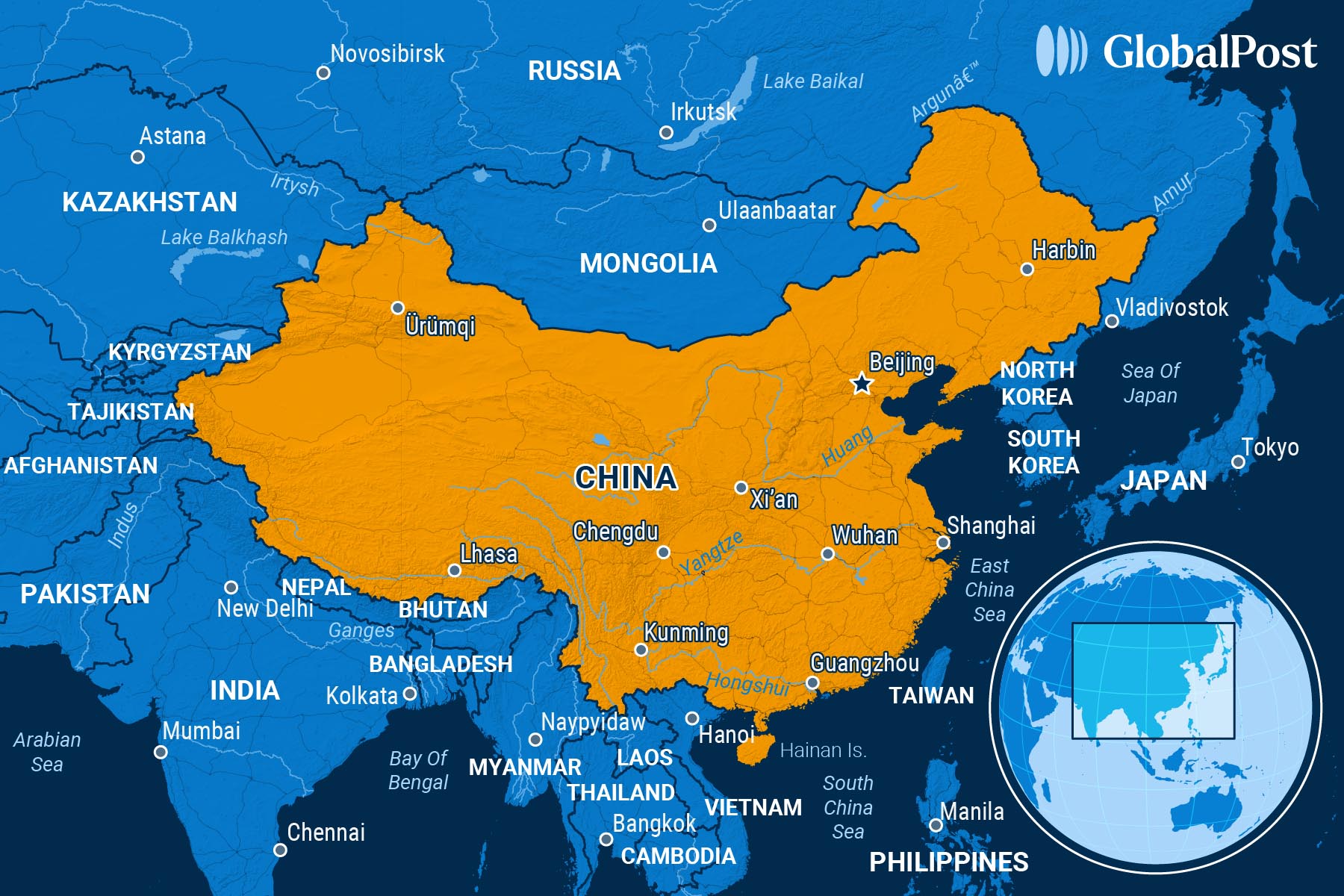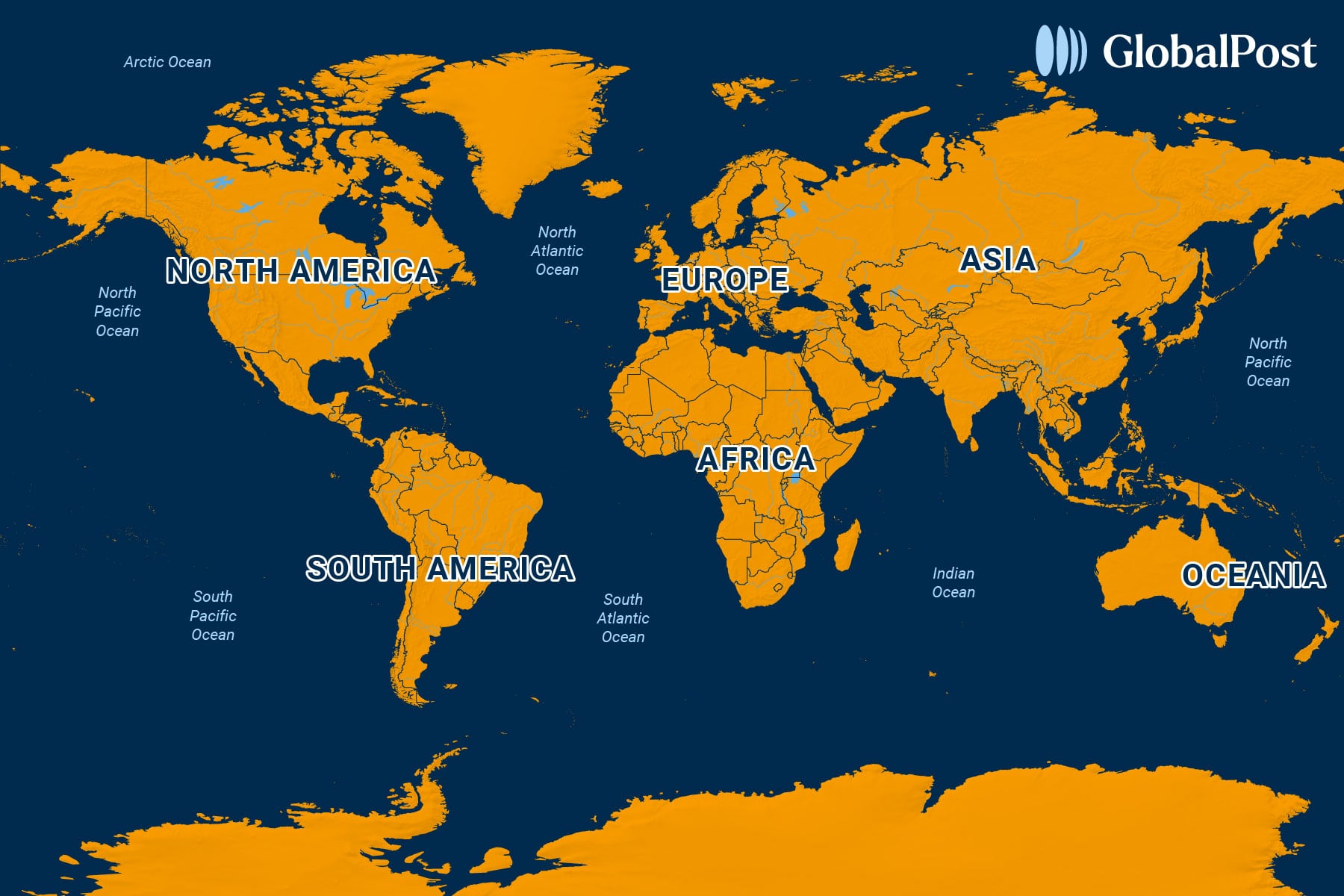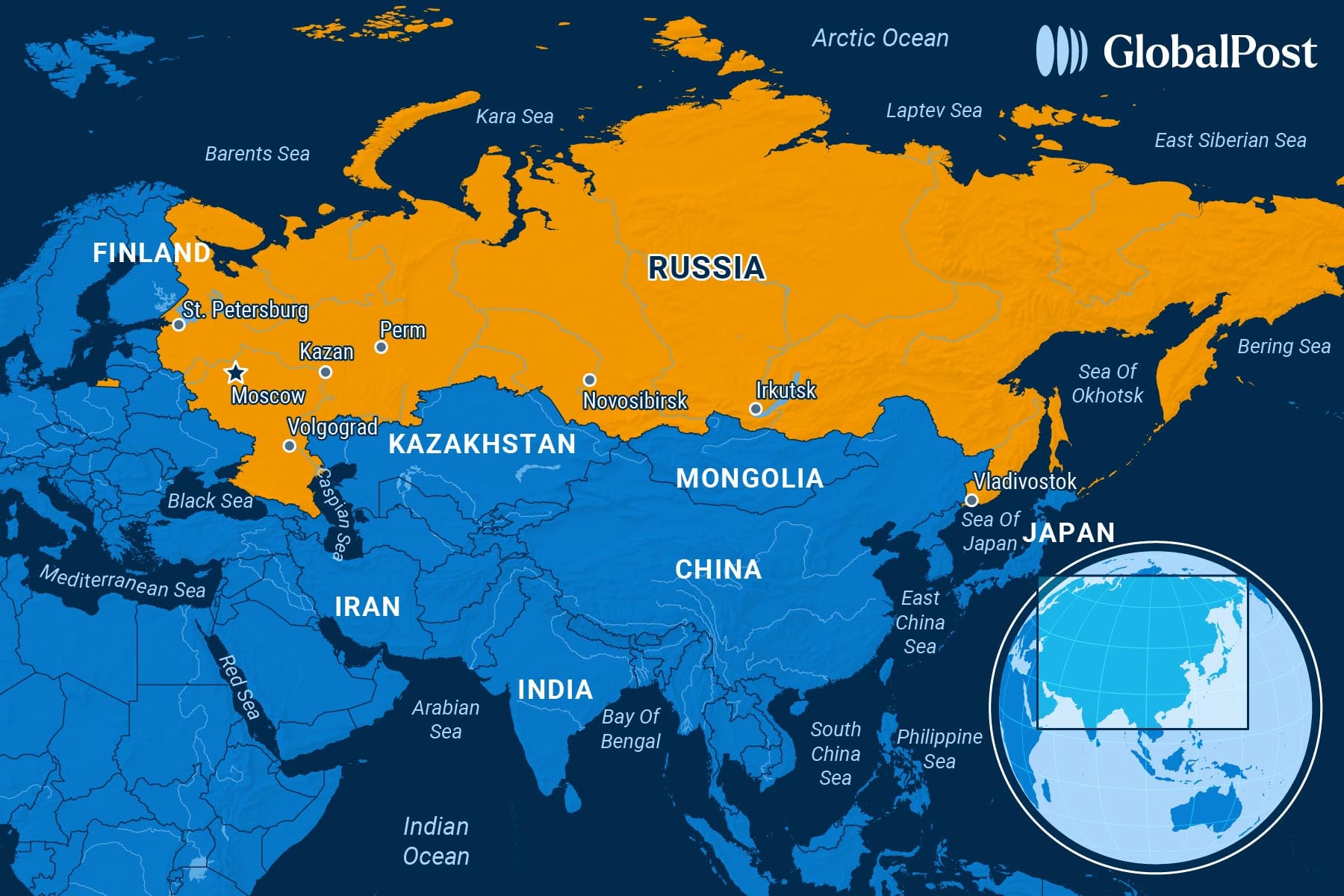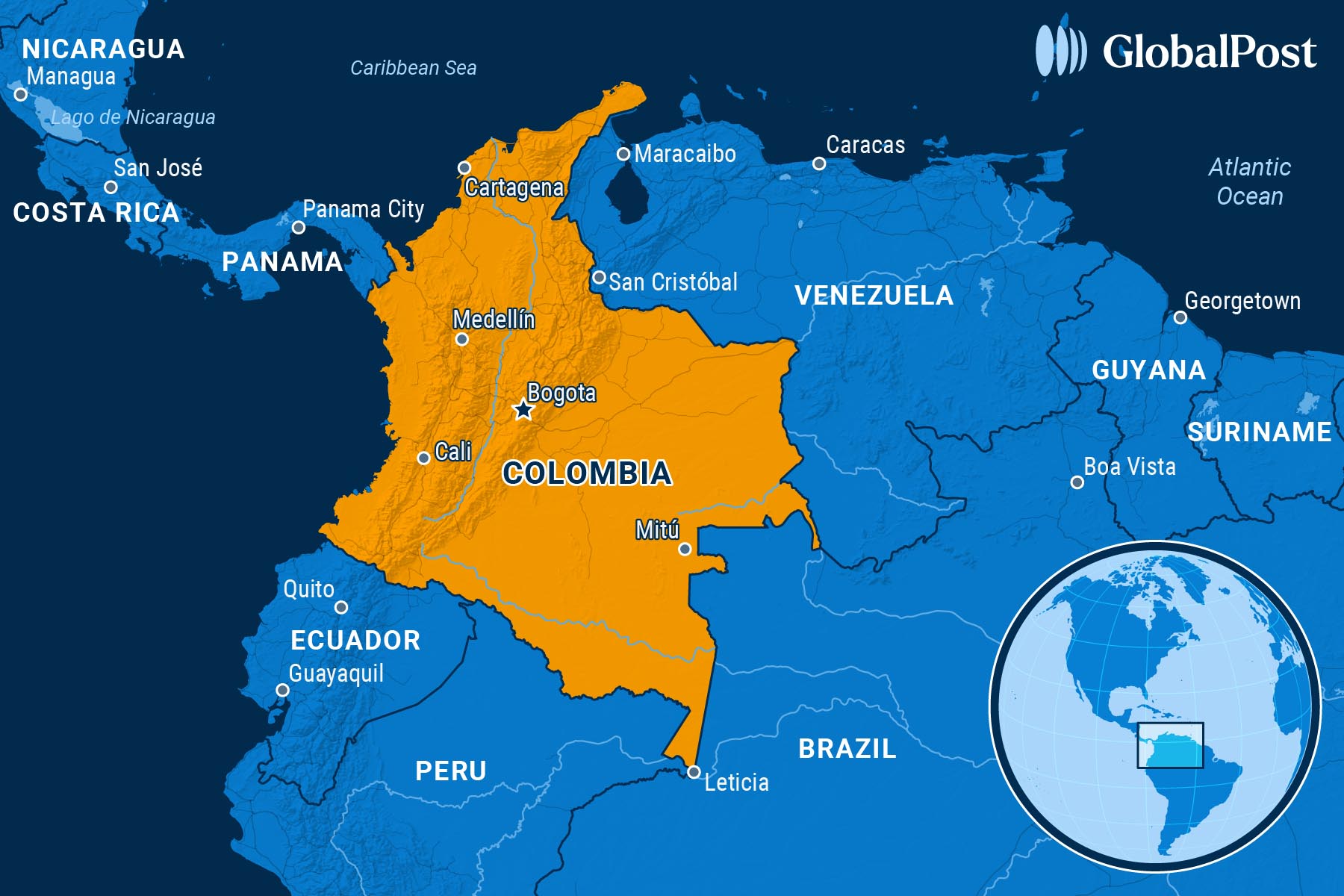China Advances in ‘Silent War’ Against US Dollar
NEED TO KNOW
China Advances in ‘Silent War’ Against US Dollar
CHINA

In July, the central banks of China and Egypt signed agreements to promote the use of the yuan in trade and investment that would likely include a currency swap, yuan-denominated panda bonds, and cooperation on electronic payments, including expanding the use of the Cross-Border Interbank Payment System (CIPS), China’s alternative to the Western-led SWIFT international payment network.
With the deal, Egypt joins a growing list of African nations that have yuan-based agreements with China, including South Africa, Nigeria, and Angola, which are all exploring or implementing the use of the Chinese currency for trade and financial transactions, wrote the South China Morning Post.
But more significantly, with this push, China is quietly turning Africa into a financial battleground, the frontline in a “silent war” against the US dollar, according to the New Africa Channel, a broadcaster.
“Forget aid, forget infrastructure – this time, it’s about power, monetary power,” it said. “Beijing is using Africa as the testing ground for one of its most radical global ambitions yet: to dethrone the almighty US dollar by pushing its own currency, the yuan, into every corner of international trade. Call it what you want – economic strategy or currency colonization – but the implications are massive.”
After a virtual monopoly lasting three-quarters of a century, analysts say the US dollar is beginning to lose its position as the world’s singular reserve currency.
Called de-dollarization, this phenomenon isn’t exactly new – China began shifting trade into the yuan in 2011. However, the current eruption, its magma oozing out slowly but steadily, could eventually reshape the foreign exchange landscape as much as the 1971 Nixon Shock, when US President Richard M. Nixon announced the end of the gold standard, says Jeffrey Garten, an economist in an interview with Yale Insights.
The currency battle is the result of long-term trends, such as growing Chinese geopolitical ambitions, worry over the US addiction to public debt, combined with concerns over more recent policy measures, notably US President Donald Trump’s tariff threats and Chinese fears of getting hit with the kind of sanctions that the US has placed on Russia.
Bypassing the SWIFT system allows countries to evade some sanctions.
The US tariffs, in particular, have served as wake-up calls to world leaders who appear increasingly willing to hedge their dollar-denominated bets with some yuan side wagers as they push diversification. The list is topped by Iran, Russia, and Venezuela, all countries under US sanctions, but also includes US allies such as Argentina and Saudi Arabia.
But it is Africa where China is making headway currently. For example, Nigeria has a currency swap agreement allowing direct exchange between the naira and the yuan without the use of dollars.
Africa’s largest bank, the South Africa-based Standard Bank, is helping pioneer the use in Africa of China’s CIPS instead of SWIFT. (The Industrial and Commercial Bank of China holds a 20 percent stake in Standard Bank.) CIPS is already used by nearly 5,000 institutions across 187 countries and regions, according to the African Export-Import Bank.
China’s incursion into Africa fills a niche once held by the United States, say analysts. For example, the Biden administration was unable to get lawmakers to extend the 2000 African Growth and Opportunity Act (AGOA), which provides duty-free status to many African products. The Trump administration is uninterested in it. If not renewed, the act will expire in September.
Even if AGOA is extended, the tariffs would wipe out its benefits.
At the same time, China recently announced that it would drop all tariffs on African imports.
Meanwhile, there are other reputable currencies, including the euro, encroaching on the dollar’s foreign exchange space. And other countries are considering alternatives: Recently, the Association of Southeast Asian Nations (ASEAN), a 10-nation trade bloc, committed to boosting the use of local currencies for trade and investment by the end of the decade.
Still, analysts say that the yuan has the chance to be a true disruptor of the global system. The yuan may have a way to go to displace the euro or the dollar – it is the fourth most-used currency in global payments, while the US dollar makes up about half of global payments and more than 80 percent of trade financing.
But China plays the long game, say analysts, and it is making headway, capitalizing on economic and political headwinds.
“The US-dominated global monetary system is getting more and more fragile,” Tu Yonghong, a finance professor at Renmin University of China, told Reuters. “(China should) grasp this good opportunity.”
THE WORLD, BRIEFLY
US’ New Tariffs Hit Dozens of Countries Across the World
WORLD
 Indian Prime Minister Narendra Modi reacted with defiance to US President Donald Trump’s imposition of a 50 percent tariff on Indian goods Wednesday, due to India’s continued oil imports from Russia, vowing to protect the country’s agricultural sector, Africa News reported.
Indian Prime Minister Narendra Modi reacted with defiance to US President Donald Trump’s imposition of a 50 percent tariff on Indian goods Wednesday, due to India’s continued oil imports from Russia, vowing to protect the country’s agricultural sector, Africa News reported.
Modi said Thursday that he would not compromise the interests of Indian farmers, cattle ranchers or fishermen, even if doing so came at a personal cost.
A major hurdle in the five rounds of inconclusive tariffs negotiations between New Delhi and Washington ahead of the Aug. 1 deadline has been the US push for greater access to India’s expansive agricultural and dairy markets.
However, India’s refusal to cut Russian oil imports seems to have been the tipping point that led to the additional tariffs.
Trump recently called India’s economy “dead” and its trade barriers “obnoxious,” accusing the country of buying cheap Russian oil while ignoring the death toll in Russia’s three-and-a-half-year war with Ukraine, Reuters wrote.
India is now one of the countries worst-hit by US tariffs, along with Brazil. Analysts say the trade war with the US risks disrupting India’s access to its largest export market, the US, and marks the sharpest downturn in US-India ties in decades, putting a strategic bilateral relationship under strain.
Indian officials have acknowledged mounting pressure to resume trade talks with the US – the tariffs take effect on Aug. 28 – citing a reduction in Russian oil imports as a possible compromise while pointing out that other countries also import oil and other commodities from Russia.
China is another importer of Russian oil, for example, but Trump’s executive order imposing additional tariffs on importers has not mentioned Beijing so far – but has indicated that similar measures could be coming against China and other countries if a ceasefire with Ukraine is not secured by Friday, according to the BBC.
Meanwhile, some analysts said Trump seems to have targeted countries with close trade relations with China.
Modi is preparing for his first state visit to China in more than seven years, hinting at a possible shift in alliances amid weakening ties with Washington.
Export-reliant economies of Southeast Asia are also among the hardest hit by tariffs, with Laos and Myanmar facing levies of 40 percent, among the highest in the world.
While Trump has reached initial trade deals with about a dozen of the US’ closest trading partners, such as the United Kingdom, the European Union, Japan, and South Korea, new US tariffs on goods from more than 90 countries, such as Switzerland and South Africa, took effect Thursday, the Washington Post added.
The US has also threatened 100 percent duties on foreign-made semiconductors and computer chips to encourage tech firms to invest more in the US.
Kremlin Says Trump And Putin May Meet Next Week – Without Ukraine
RUSSIA
 US President Donald Trump and Russian President Vladimir Putin may hold a bilateral summit next week to discuss ending the war in Ukraine, the Kremlin announced Thursday, with Washington pressuring Moscow ahead of a Friday ceasefire deadline, CNN reported.
US President Donald Trump and Russian President Vladimir Putin may hold a bilateral summit next week to discuss ending the war in Ukraine, the Kremlin announced Thursday, with Washington pressuring Moscow ahead of a Friday ceasefire deadline, CNN reported.
Kremlin top aide Yuri Ushakov confirmed preparations were underway for the two leaders to meet but did not specify a location. Putin suggested the United Arab Emirates as a possible venue.
The announcement came a day after Trump said there was a “good chance” of talks with Putin “very soon,” following a three-hour meeting in Moscow between Russian officials and US special envoy Steve Witkoff.
Witkoff reportedly proposed both bilateral and trilateral formats involving Ukrainian President Volodymyr Zelenskyy.
However, Ushakov said Russia left the trilateral proposal “completely without comment,” adding that the focus should be on the bilateral meeting between Trump and Putin.
The potential summit – the first between US and Russian leaders since 2021 – comes as Russia is facing Friday’s deadline to agree to a ceasefire or face harsh secondary sanctions, including a 100 percent tariff on countries buying Russian oil.
Shortly after Witkoff visited Moscow, the Trump administration imposed an additional 25 percent tariff on India for importing Russian oil.
Zelenskyy said Ukraine is open to talks and urged Russia to show the same willingness. Putin has claimed he is willing to meet Zelensky “in principle” but said certain conditions needed to be met first.
But analysts and critics have warned that the Russian leader is using the peace overture to stall battlefield losses while avoiding real concessions.
They cautioned that Putin’s conditions for Ukraine amount to “a de facto capitulation”: Moscow is demanding major territorial concessions and an end to Western military aid among its terms, the Washington Post wrote.
While Russian media and pro-Kremlin pundits welcomed the potential talks, Ukraine and its European allies voiced alarm that Russia may be trying to impose a deal favorable to Moscow by excluding Kyiv and the European Union.
Colombia Accuses Peru of Annexing a Disputed Island in the Amazon
COLOMBIA
 Colombian President Gustavo Petro this week accused the country’s South American neighbor, Peru, of unilaterally annexing Santa Rosa Island in the Amazon River, reviving a long-standing disagreement between the two neighboring countries over sovereignty and river border demarcation, Al Jazeera reported.
Colombian President Gustavo Petro this week accused the country’s South American neighbor, Peru, of unilaterally annexing Santa Rosa Island in the Amazon River, reviving a long-standing disagreement between the two neighboring countries over sovereignty and river border demarcation, Al Jazeera reported.
Colombia’s reaction followed a vote in Peru’s Congress in June, which turned Santa Rosa Island into its own district within Peru’s northeastern Loreto province. Peru argued that it acted in accordance with international law and that the move was necessary to ensure Santa Rosa received public funding and could collect taxes.
According to Petro, Peru’s claims to the island could cut off the southern Colombian city of Leticia, home to 60,000 people, from accessing the Amazon River, disrupting travel and trade.
Colombia and Peru have been debating over the control of Santa Rosa Island for nearly a century.
Peru claims control based on treaties from 1922 and 1929 and has administered the territory for decades, the Associated Press noted.
Colombia, however, insists that Santa Rosa is not subject to those treaties as it had not yet emerged from the Amazon River when they were signed. It also argued that the treaties define the border between the two countries along the deepest part of the Amazon River and that newly formed islands like Santa Rosa have appeared on the Colombian side of that boundary.
The Amazon River, one of the longest waterways in the world, carries more water than any other river. Its strong currents constantly shift sediment across the basin, causing islands to form or disappear over time.
Santa Rosa is one of these islands, showcasing forests, farmlands, and the village of Santa Rosa de Yavarí, which has fewer than 1,000 residents. The local economy relies on tourism due to the Island’s location along the Amazon.
DISCOVERIES
Doomed Desert
Canyons carved by ancient rivers on Mars indicate that the planet was once warm enough for liquid water, and even possibly life.
However, the Red Planet today is a barren desert, and a new study has now provided a possible explanation for why Mars, unlike Earth, never remains warm for long.
“We’ve had this huge unanswered question for why Earth has managed to keep its habitability while Mars lost it,” lead study author Edwin Kite said in a statement. “People have been looking for a tomb for the atmosphere for years.”
In April, as part of the Mars Science Laboratory mission, NASA’s Curiosity rover found rocks rich in carbonate minerals on Mount Sharp.
The rover’s discovery provided the crucial, missing piece, showing evidence of carbon dioxide locked into rock, providing insights into what happened to Mars’ thick atmosphere.
Mars has a similar makeup to Earth: It is rocky, it has plenty of carbon and water, and is close enough to the Sun to feel its warmth without being burned by it. Yet, Mars today is a frozen desert while Earth is not.
A planet cannot remain warm and mild just because it started out that way, researchers say. It needs built-in processes that can maintain stable conditions over long periods, even as the environment changes.
Scientists believe that Earth achieves this through a precisely balanced system that moves carbon from sky to rock and back again.
Carbon dioxide in the atmosphere warms the planet, but higher temperatures also accelerate chemical reactions that trap carbon dioxide in rocks, which cools things down again. Eventually, volcanic eruptions release some of that carbon back into the air. This natural cycle appears to have kept Earth’s climate relatively stable and suitable for life over millions of years.
“In contrast to Earth, where there are always some volcanoes erupting, Mars right now is volcanically dormant, and the average rate of volcanic outgassing on Mars is slow,” explained Kite. “So in that situation, you don’t really have a balance between carbon dioxide in and carbon dioxide out, because if you have even a little bit of liquid water, you’re going to draw down carbon dioxide through carbonate formation.”
The researchers suggested that on Mars, a similar, but self-limiting, cycle could take place.
According to the team’s model, periods of liquid water on Mars in the past were sparked by the Sun slowly growing brighter, by about 8 percent every billion years. As temperatures rose, however, chemical reactions caused carbon dioxide to be trapped in rocks, reducing the greenhouse effect.
This process pushed the planet to revert to a frozen desert over time, unlike Earth, which remained habitable through a more balanced carbon cycle.
The team developed detailed models to show how these climate swings could happen. They found that Mars experiences brief periods of liquid water, followed by 100-million-year periods of desert.
“Our models suggest that periods of habitability on Mars have been the exception, rather than the rule, and that Mars generally self-regulates as a desert planet,” said Kite.
